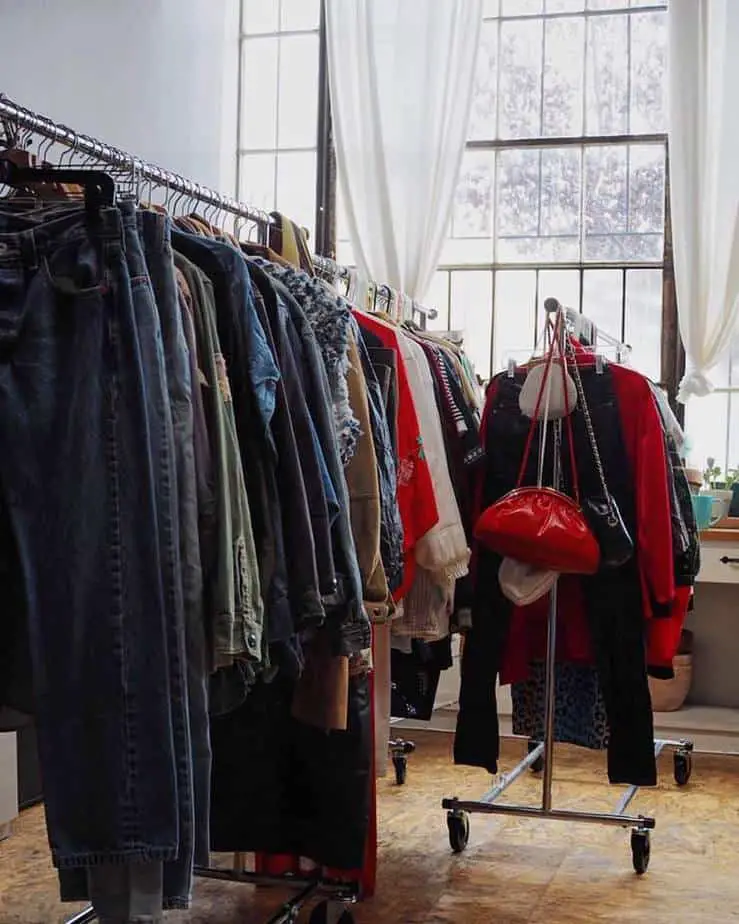“This was a part-time lifestyle project that I started in 2014 with a focus on travel, apparel and how one can do more with less,” Natasha tell us, “more experiences with less baggage, literally and figuratively.” Natasha’s influences stemmed to a younger generation of Bay Area natives, whether menswear or womenswear — her photographs spoke to a keen individual who wanted to find a style and run with it. Think of the past Consistency Project like a thesaurus on “personal wear.”“We saw a unique relationship between travel and apparel that we wanted to showcase as the two combined help us recognize what is truly needed for our everyday wear.”— Natasha LoINFJ Male Psychology (Clip 10)Please enable JavaScriptINFJ Male Psychology (Clip 10)
Of course, the theme of the latter project focused on local homespun brands that practiced eco-friendly methods of construction. Whether they’re wearing SF bred designers or national fashions, you could sense Natasha pining for more in every post. But with this turn in the project came a need to fulfill social responsibility within apparel. “In a world of fast fashion,” Natasha explains, “we felt the need to make a mark for a better future.” Now buying, selling, and transforming her vintage denim wares, the entrepreneur has her work cut out for her.
“We are a full-time lifestyle business that promotes making smarter, sustainable consumer decisions,” she tells us.
Not only is Natasha finding the best denim around, (anywhere from classic Levi’s to Wranglers of the 90’s,) she’s also dispelling rumors of how we perceive vintage. Simple? She goes in-depth. “The first part I want to address when it comes to vintage pricing is perception,” she tells us,“perception is what causes us to think that vintage is expensive. Why would we pay $40 for something “used” when you can buy something for $40 new? Therefore vintage becomes “expensive” but lets be real. You’ll spend more than $40 for one piece at Zara but won’t buy a vintage top for $40?”
Due to the nature of how fast fashion works, Natasha aims to provide pieces that live within the fast and slow lifestyles of people today. And she’ll give it to you straight, no chaser, “putting things into perspective and acknowledging it takes a lot of time and work to sell vintage clothing is the key to understanding the price tag on vintage.” On The Consistency Project’s blog, Natasha carefully vets topics about the vintage world. Where does it come from? Where does it live? How it’s sold and how does it get to you.
But that doesn’t stop there for Natasha, her finds (whether Chanel or nameless brands) are found from the corners of the nation and housed in her small studio in the Bay Area. When we asked her about the ‘sustainable side’ of fashion, she explained that, “many U.S based manufacturers sometimes still have issues hiring illegal workforces with poor working conditions. Don’t get me wrong, we have regulations and worker’s rights in place to protect these U.S based manufacturing work forces, but these only protect legal workers. Hate to break the news but many manufacturing workers aren’t necessarily legal citizens due to its unglamorous reputation so most of the time they aren’t 100% protected. A “Made in U.S.A” tag is still questionable in my opinion, but I respect any designer or shop that advocates for this.”
So what is next for Natasha Lo and her project you may ask? Well it’s just the beginning, her vision for the brand stems to bridge a bigger community of sustainable vintage lovers, “we are for the forward thinking individuals that seek to mend or repair over waste, dress creatively regardless of label or trend and be socially responsible in their consumption.”
// theconsistencyproject.com — don’t forget to shop their collection of one-of-a-kind denim.



